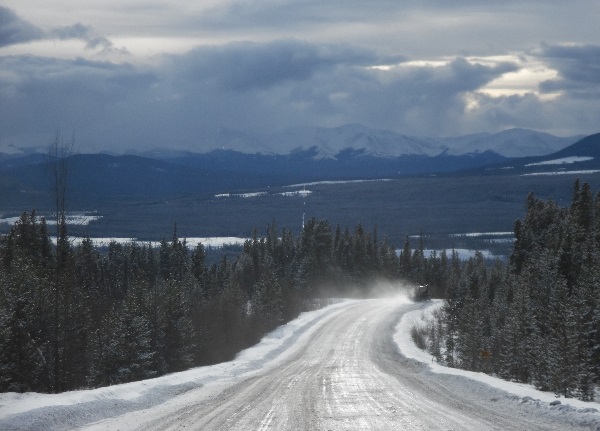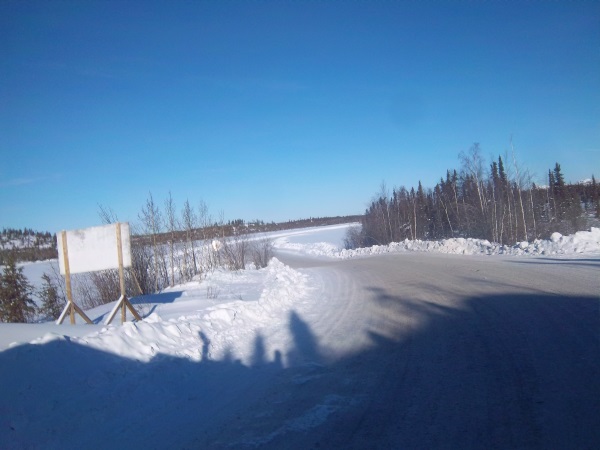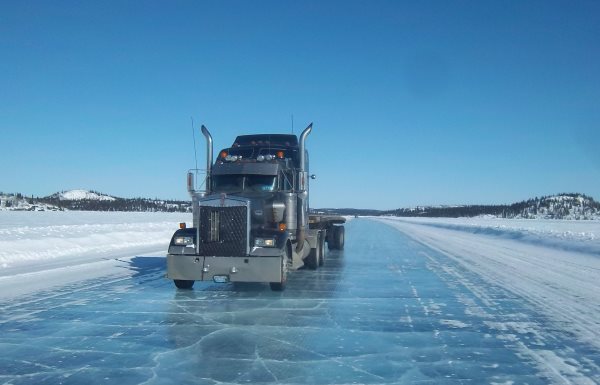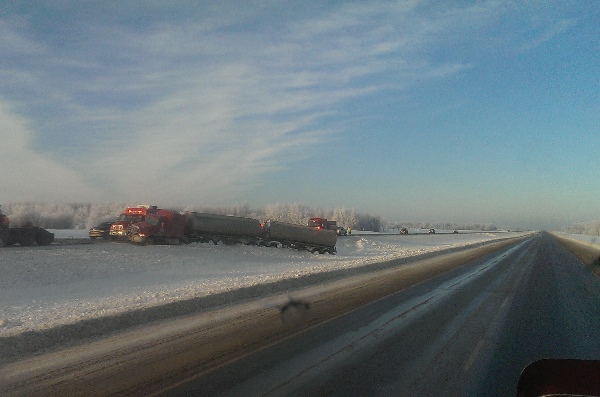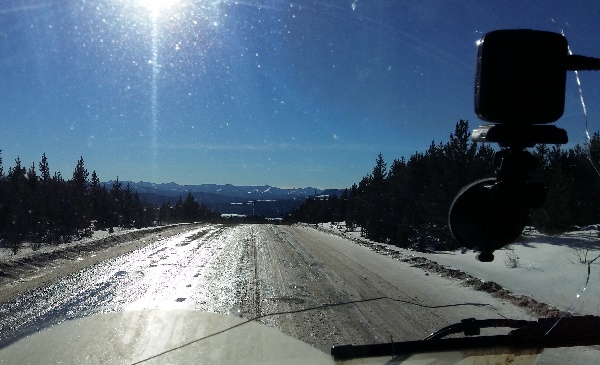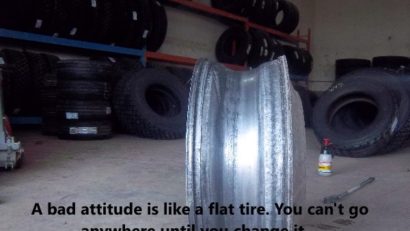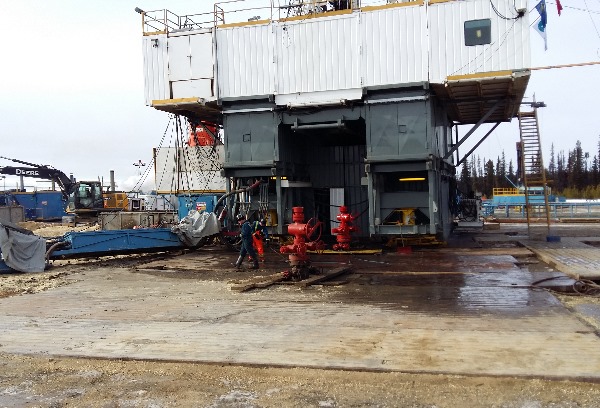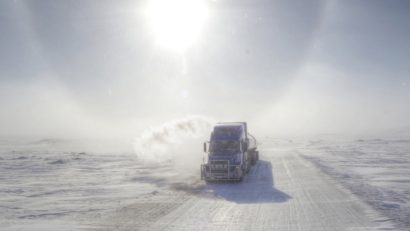Frac sand storage on well-site locations has become a big issue recently due to the demands that Superfracking has placed on the oil and gas industry. This makes our footprint the second main area of concern in our comparison of traditional pneumatic offloading over Telebelt systems.
Welcome to part 4 of our Telebelting frac sand series where we’ll look at how the demands of the industry have become an issue for using pneumatic trailers. Only time will tell if there’s a future for pneumatic trailers in the frac sand industry.
Sand vessel configuration
As technology has brought about the more efficient changes, fracturing jobs are requiring larger amounts of on-site sand storage. Pad jobs for multiple wells and zones can require thousands of tons of sand. This means more sand vessels and trucks on location.
Not so long ago only one sand vessel or end dump unit was required to feed the blender unit, but the jobs are much larger now. More frac sand vessels created the demand for the addition of another piece of equipment called a T-belt. Multiple sand vessels would be stacked around the T-belt and it would feed the blender unit. The stacking of vessels created access problems for conventional filling methods using pneumatic systems.
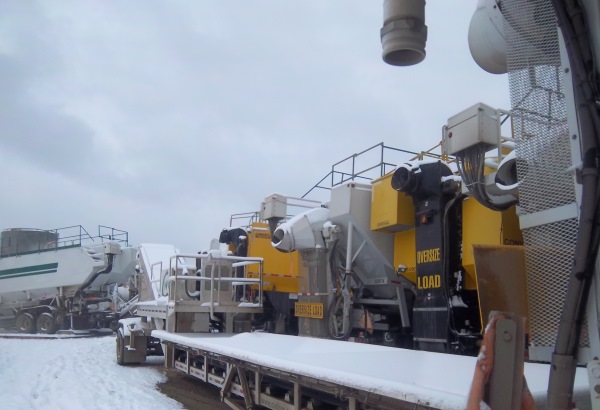
Frac sand storage on location. Multiple t-belts being used for a large frac job set up in sequence to feed the blender unit.
A typical T-belt can accommodate six sand storage vessels. The challenge is stacking sand vessels around the T-belt and leaving enough room for pneumatic trailers to access them. The buried vessels can only be reached by using multiple lines tied together which can double the unload time. It’s not uncommon for frac sand haulers to use 50 to 80 ft of hose to reach the unloading pipe. (This will be covered further when we discuss “Speed”)
Traffic congestion on location
Conventional loading on larger jobs creates safety issues in accommodating too many pneumatic trucks at once. Too much equipment moving around should be avoided whenever possible and moving frac sand trucks around location takes time and requires spotters. There’s always a competition going on for space with sand, water trucks, and other deliveries as they’re also trying to meet the demands of big jobs.
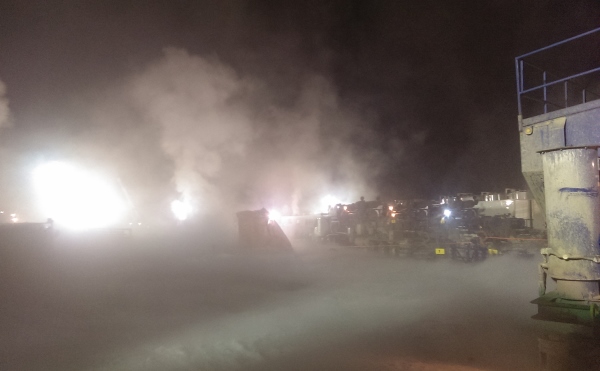
Frac sand storage. A congested frac location has hazards like poor visibility from silica dust clouds along with vapour clouds from nitrogen and co2.
This congestion can lead to lost man hours due to waiting and blocked in equipment. There’s a lot going on for a frac job and things can get tense when any portion of the location is blocked. If there’s an emergency of any sort it can cause chaos.
Advantages of vessel configuration and reduced congestion with Telebelting
The footprint requirement never changes with a Telebelt. It’s done with one truck and Telebelt operators that spot the equipment in a specified area where they can reach all vessels using the overhead boom. Arranging the vessels without having to accommodate pneumatic loading is faster, easier and eliminates congestion.
Thanks for reading Frac Sand Storage
Let’s move on to the last main area of concern with the use of pneumatics.
Speed
